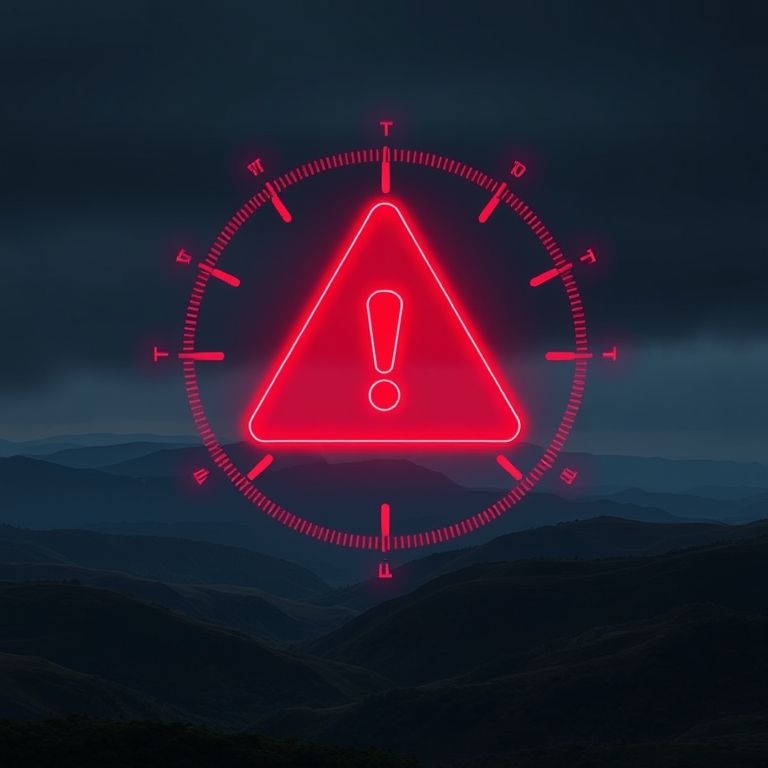Okay, security friends, I just stumbled across something pretty concerning that I wanted to share ASAP. It looks like threat actors are actively exploiting security vulnerabilities in Dassault Systèmes DELMIA Apriso and XWiki. This isn’t some theoretical risk; the U.S. Cybersecurity and Infrastructure Security Agency (CISA) and VulnCheck have both issued alerts. That’s a big red flag, so let’s dive in.
The culprit seems to be CVE-2025-6204 – a code injection vulnerability in Dassault Systèmes DELMIA Apriso with a CVSS score of 8.0. A CVSS score of 8.0 is critical, and the fact that this flaw is actively being exploited means that attackers are already using this vulnerability to launch attacks, potentially gaining unauthorized access to systems and data.
I did some digging, and according to Verizon’s 2023 Data Breach Investigations Report, code injection vulnerabilities are often used in web application attacks, which remain a common entry point for breaches. This underscores the seriousness of the situation – we’re not talking about some obscure, hard-to-exploit flaw. This is the kind of thing that can really hurt.
Thinking about the real-world impact, Dassault Systèmes DELMIA Apriso is used in manufacturing and supply chain management. A successful exploit could disrupt operations, compromise sensitive data, and even lead to intellectual property theft. That could impact businesses of all sizes.
Now, let’s shift gears to XWiki. While the article just mentions XWiki is affected, without the specific vulnerability, it still highlights that the platform is also under active attack. If you’re running XWiki, you really should be on high alert and check the latest security advisories to identify any specific CVEs related to XWiki that you need to patch urgently.
Why is this happening now?
It’s tough to say for sure, but we often see a spike in exploitation attempts after a vulnerability is publicly disclosed. Threat actors race to find systems that haven’t been patched before the word gets out. This underscores the importance of timely patching.
Key Takeaways for You:
- Patch, Patch, Patch: If you’re using Dassault Systèmes DELMIA Apriso, prioritize patching CVE-2025-6204 immediately.
- XWiki Users, Heads Up: If you use XWiki, keep a close eye on security advisories and apply any relevant patches.
- Monitor Your Systems: Keep a close watch for any unusual activity that might indicate a compromise.
- Review Security Practices: Regularly review your security protocols and make sure your team is following best practices. According to a report by the Ponemon Institute, organizations that regularly review and update their security practices are less likely to experience a data breach.
- Stay Informed: Subscribe to security alerts and threat intelligence feeds to stay up-to-date on the latest threats.
Alright, that’s the quick rundown. I hope this helps you stay secure! Let me know if you have any questions, and feel free to share this with your network.
FAQ:
1. What is a code injection vulnerability?
Code injection is a type of security flaw that allows an attacker to insert malicious code into an application, which can then be executed by the server. This can lead to unauthorized access, data theft, or even complete control of the system.
2. What is a CVSS score?
The Common Vulnerability Scoring System (CVSS) is a standardized way to measure the severity of security vulnerabilities. Scores range from 0 to 10, with higher scores indicating more critical vulnerabilities.
3. Why is patching so important?
Patching fixes security vulnerabilities in software. Applying patches promptly reduces the window of opportunity for attackers to exploit those flaws.
4. What is XWiki used for?
XWiki is a free and open-source wiki platform used for various purposes, including knowledge management, collaborative document editing, and application development.
5. What are security advisories?
Security advisories are notifications issued by software vendors and security organizations to inform users about known security vulnerabilities and provide guidance on how to mitigate them.
6. How can I monitor my systems for unusual activity?
Implement intrusion detection systems (IDS), review system logs regularly, and monitor network traffic for suspicious patterns.
7. What are best practices for security?
Strong passwords, multi-factor authentication, regular security audits, employee training, and keeping software up-to-date.
8. Where can I find security alerts and threat intelligence feeds?
CISA, VulnCheck, vendor websites, and security news outlets.
9. What should I do if I suspect a compromise?
Isolate the affected system, contact your security team, and follow your incident response plan.
10. How often should I review my security practices?
At least annually, or more frequently if there are significant changes to your IT environment or the threat landscape.


